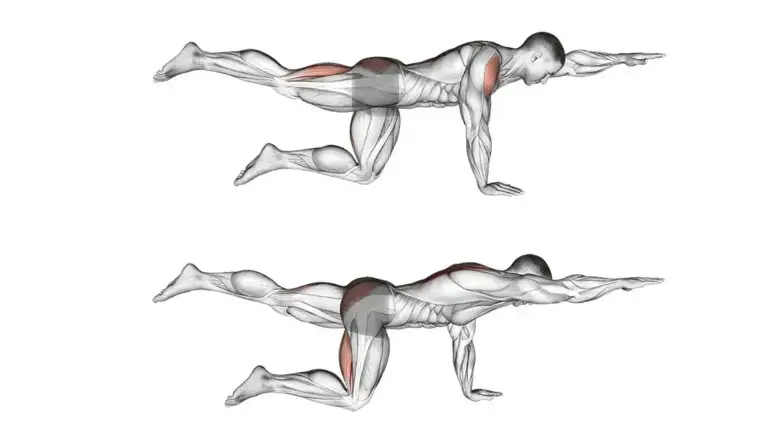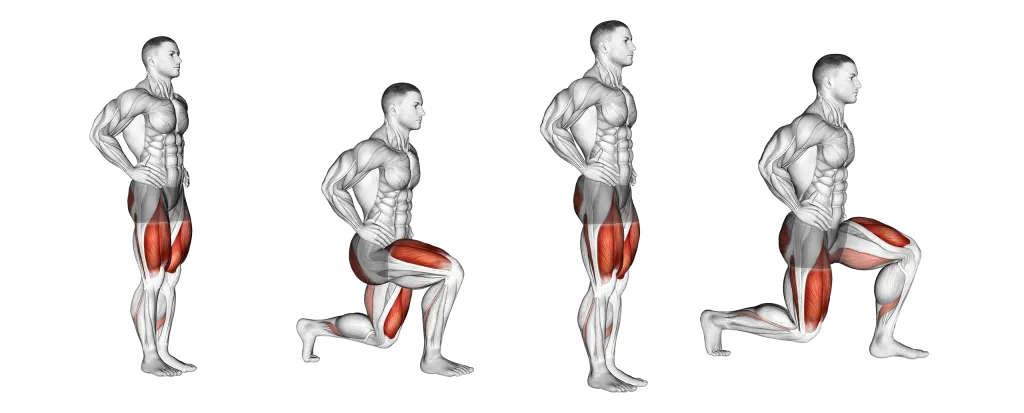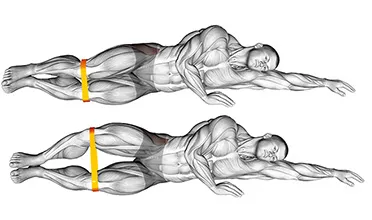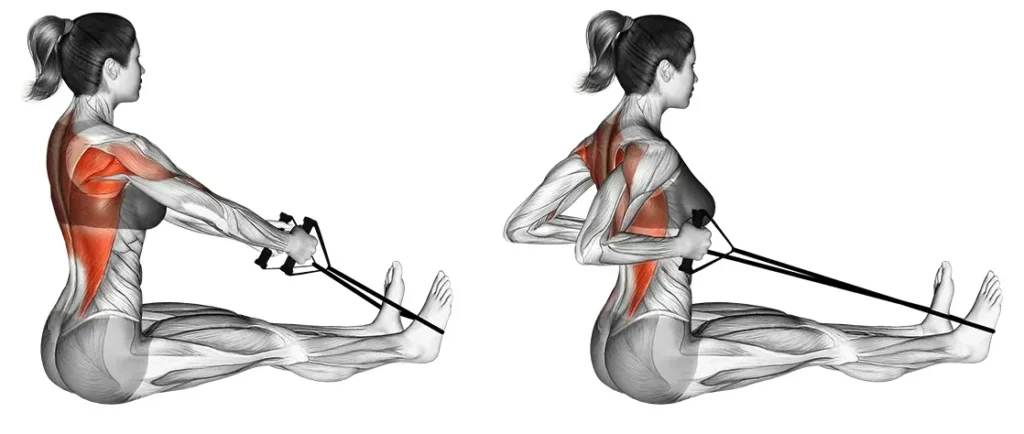How to Start a Postpartum Workout Plan for Safe Recovery and Strength Building
Embarking on a postpartum workout plan can feel both exciting and daunting. Whether you delivered vaginally or via cesarean, your body has undergone remarkable changes, and a structured yet gentle approach to fitness is key. In this guide, we’ll walk you through everything—from getting medical clearance to crafting a personalized routine—so you can safely rebuild strength, boost energy, and reclaim confidence.
Table of Contents
1. Understanding Your Postpartum Journey

Every new mother faces unique challenges during recovery. Hormonal shifts, pelvic floor weakness, and diastasis recti (abdominal separation) are common. A tailored postpartum workout plan takes these factors into account by:
- Prioritizing low-impact movements
- Emphasizing pelvic floor activation
- Progressively loading muscles to avoid injury
“Listening to your body is the most important exercise of all.” – Dr. Lisa Carter, OB/GYN specialist
2. Benefits of a Structured Postpartum Workout Plan
Investing 20–30 minutes a day in a postnatal fitness plan brings lasting rewards:
- Enhanced Core Stability: Reduces back pain and improves posture.
- Boosted Mood & Energy: Exercise releases endorphins that combat the baby blues.
- Accelerated Weight Management: Supports healthy, sustainable fat loss.
- Improved Pelvic Floor Function: Minimizes incontinence risks.
Data Insight: 65% of postpartum women report feeling more confident after 6 weeks of consistent exercise.
3. Getting the Green Light: Medical Clearance and Timing
Before diving in, always consult your healthcare provider. Typical guidelines:
| Delivery Type | Recommended Wait Time | Key Milestone |
|---|---|---|
| Vaginal Birth | 4–6 weeks | Bleeding subsides, pelvic floor check |
| Cesarean Section | 8–10 weeks | Scar healing, core engagement test |
Tip: Ask your doctor to assess for diastasis recti and pelvic floor strength.
4. Key Principles of a Safe Postpartum Workout Plan
To build a resilient postpartum workout plan, follow these foundational principles:
- Pelvic Floor First: Start with gentle Kegels and diaphragmatic breathing.
- Core Engagement: Master the pelvic tilt and heel slides before progressing.
- Low-Impact Cardio: Opt for walking, swimming, or stationary cycling.
- Gradual Overload: Increase reps, sets, or resistance by no more than 10% per week.
- Listen & Adjust: Pain (beyond mild muscle soreness) is a signal to back off.
5. Your Step-by-Step Postpartum Workout Plan (Weeks 1–6)
| Week | Focus | Sample Routine (3×/wk) |
| 1 | Mobility & Breathing | Pelvic tilts, deep belly breathing, walking |
| 2 | Core Awakening | Heel slides, glute bridges, side-lying taps |
| 3 | Light Strength | Bodyweight squats, wall push-ups, bird-dogs |
| 4 | Low-Impact Cardio | 10–15 min walk + 10 min cycling or elliptical |
| 5 | Resistance Intro | TheraBand rows, light dumbbell deadlifts |
| 6 | Progressive Lift | Increase resistance, add single-leg balance |
Perform each routine on non-consecutive days, allowing 48 hours of rest.
6. Essential Exercises to Include
Pelvic Floor & Core
- Kegels (10×, 3 sets)

- Dead bugs (8–12 reps)

- Modified planks (20–30 sec)

Lower Body
- Glute bridges (12 reps)

- Bodyweight lunges (10 reps/side)

- Clamshells (15 reps/side)

Upper Body
- Wall push‑ups (10–15 reps)

- Seated rows with TheraBand (12 reps)

- Overhead reaches (8–10 reps)

Cardio & Flexibility
- Brisk walking, postpartum yoga, or swimming (15–20 min)
- Gentle stretching: hamstrings, hip flexors, back
7. Nutrition and Recovery: Fueling Your Postpartum Workout Plan
Adequate nutrition underpins any fitness program. Aim for:
- Protein: 1.2–1.5 g/kg body weight daily to repair muscle
- Healthy Fats: Omega-3s from flaxseed or fish oil for inflammation control
- Complex Carbs: Whole grains, fruits, and veggies for sustained energy
- Hydration: 2.7 L/day (more if breastfeeding)
Quick Recipe Idea: Greek yogurt parfait with berries, chia seeds, and a drizzle of honey provides 15g protein in under 5 minutes.
8. Tracking Progress and Staying Motivated
Consistency is king. Use these strategies:
- Workout Journal: Log exercises, reps, and how you feel.
- Progress Photos: Compare posture and muscle definition monthly.
- Wearable Tech: Track steps, heart rate, and active minutes.
- Community Support: Join online forums or local mom’s fitness groups.
Challenge: Share your Week 1–6 journey on social media with #MyPostpartumPlan.
9. Personalized Recommendations and Data-Driven Insights
Every mother’s recovery timeline varies. Consider these custom tips:
- Cesarean Moms: Incorporate scar tissue mobilization after Week 8 to improve flexibility.
- Diastasis Recti: If separation remains >2 finger-width by Week 4, focus 2 more weeks on core reconnectivity before adding load.
- Breastfeeding: Schedule workouts 60–90 minutes after feeding to maximize comfort.
Data Insight: 72% of women who follow a structured postnatal workout plan report less fatigue and improved sleep quality by Week 6.
10. Conclusion and Next Steps
Starting a postpartum workout plan is an investment in your long-term health and well-being. By following a progressive, evidence-based approach—anchored in safety, proper form, and balanced nutrition—you’ll reclaim your strength and confidence one step at a time.
Action Items
- Book your 6‑week postpartum checkup.
- Download our free Postpartum Workout Guide PDF with detailed exercise images.
- Join our online community for weekly challenges and support.
Ready to get started? Lace up your sneakers, roll out your mat, and embrace a journey of recovery, resilience, and empowerment!
Note: Always listen to your body and consult your healthcare provider before making significant changes to your exercise routine.








